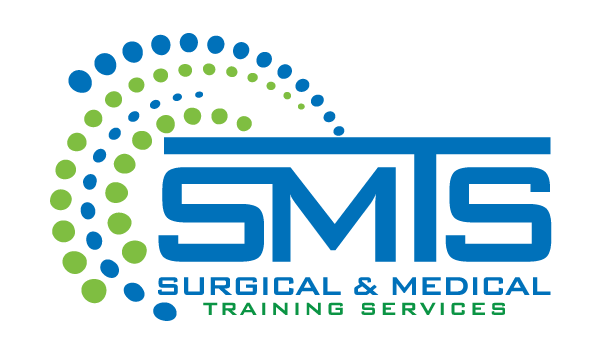An automated external defibrillator (or AED) is a simple, but powerful medical device that everyone should know how to use. Sudden cardiac arrest is a leading cause of death in the United States, but using a defibrillator quickly and correctly can help save lives in an emergency.
Keep reading to learn more:
WHEN IS IT UNSAFE TO USE A DEFIBRILLATOR?
A defibrillator should not be used if the person is still breathing or if they still have a pulse. They are also not usually safe to use on children under 1 year of age.
WHEN SHOULD A DEFIBRILLATOR BE USED?
If you see someone collapse, call 911 immediately, or send someone else to call while you check on the person in distress.
Check to see if they are breathing, make sure nothing is blocking their airway, and check for a pulse.
Once you have confirmed that they are actually in cardiac arrest, it is time to use the defibrillator in conjunction with CPR.
HOW DO YOU USE A DEFIBRILLATOR?
Have another person continue CPR while you prepare the defibrillator.
Make sure the unconscious person is dry.
Turn on the AED and follow the accompanying instructions precisely. In most cases you’ll be instructed to attach cables for pads to the machine.
Make sure the chest area is clear. Remove the patient’s shirt and any metal jewelry. If a woman is wearing a bra with an underwire, that will need to be removed as well. In some cases it may be necessary to shave some areas of the chest. Check for a pacemaker or other implanted device that could cause interference.
Once the patient’s chest is clear, attach the pads to the chest. One pad should be attached on the right side below the collarbone. The other pad should be placed below the person’s pec/breast on the left side of the body. If there was an implanted device on the person, you’ll need to adjust the placement of the pads so they are at least an inch away from the device.
Have everyone move away from the patient and press the analyze button on the AED. It will tell you whether to shock the patient or continue CPR.
If a shock is recommended, make sure everyone is still clear, and then press the shock button.
Continue CPR for two minutes and then use the analyze button to check the patient again. Stop if the person starts breathing and regains consciousness.
Repeat the process as necessary until help arrives.
Make sure that you and all of your employees know how to correctly administer CPR and use an AED by scheduling a training at a SMTS – Surgical & Medical Training Services facility—our facilities come equipped with everything you’ll need to properly train your staff and teach them how to save lives.
